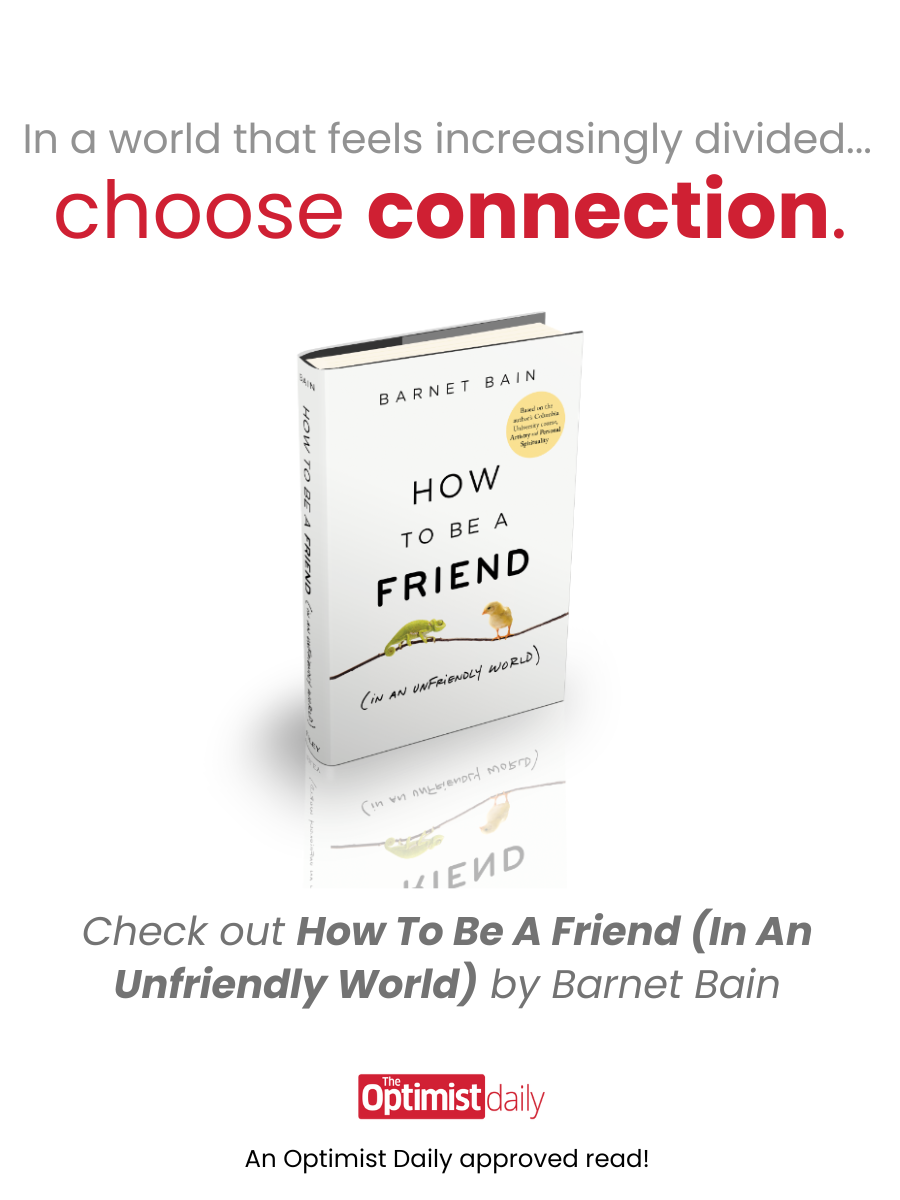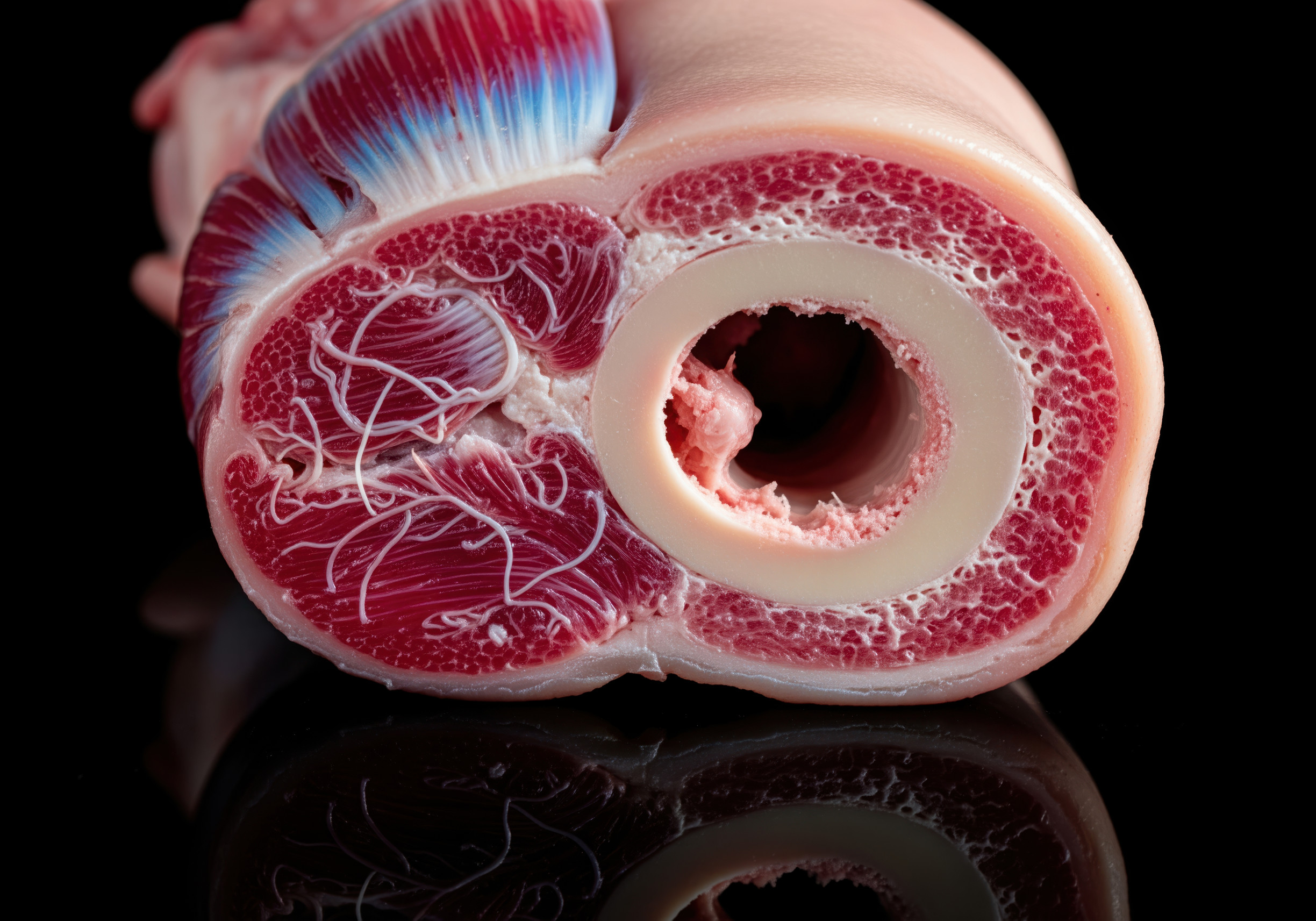Whenever Sam dug into the candy jar, he became completely unruly. He was aggressive and picked fights with his older brother Jack. “Our son had changed from a normally calm, cooperative and loving child to something resembling a wild, obnoxious beast,” says his father, Gordon Walker, with a flair for drama. In an effort to find the reason behind the behaviour change, Walker began reading scientific literature and stumbled upon E additives: synthetic flavours, colours and preservatives added to a whole range of food products. Gordon Walker discovered that some of them—primarily E 102 or tartrazine—are associated with hyperactivity and insomnia. That was the end of the candy jar at the Walker household.
Sam isn’t the only child whose hyper behaviour is connected to what he eats. Scientists suspect that many children with ADHD (attention deficit/hyperactivity disorder) actually are displaying allergic reactions to one of many possible food products or chemicals. The culprit may be sugar, salt, chocolate or E additives, but also could involve things you wouldn’t immediately suspect, such as wheat, strawberries, tomatoes or peanut butter. But while children with ADHD do, indeed, benefit from removing the item to which they are allergic, the question remains as to why children react in the first place.
Dr. Neil Ward is a chemist with the University of Surrey in England. He proved that 87 percent of a group of 357 hyperactive children reacted to synthetic colouring agents and 72 percent to synthetic preservatives in food. The reactions include restlessness, aggression, even asthma and eczema. Ward says, “The removal of foods and beverages containing food colours and additives meant no more negative response.”
It is not easy to eliminate candy and soda pop from a child’s diet when classmates are allowed to have them and advertising is a constant. But Gordon Walker is convinced: “If your child has been fed from an early age on a diet that includes lots of E additives, it could well be that you have never seen the true personality of your child.”










